The flight envelope protection function s consist s in .1 automatically ? [ Aptitude Licence ]
Question 55-1 : 2 1 2 1 3 2 3 4
 2
2 The flight envelope protection fep can include .1 stall protection.2 the ?
Question 55-2 : 1 2 1 2 3 2 3 1
 1, 2.
1, 2. At high angles of attack and according to the type of aeroplane the stall ?
Question 55-3 : 1 3 1 2 3 1 2 3
 1, 3.
1, 3. The automatic power control system autothrottle of a transport airplane has the ?
Question 55-4 : 1 2 4 1 2 3 5 2 4 1 4 5
 1, 2, 4
1, 2, 4 An airplane is cruising at fl 220 the auto throttle maintains a constant cas if ?
Question 55-5 : Remains constant increases decreases decreases if oat is lower than standard temperature increases in the opposite case
 Remains constant.
Remains constant. An aeroplane is in steady descent the auto throttle maintains a constant ?
Question 55-6 : Decreases increases if the static temperature is lower than the standard temperature decreases if higher increases remains constant
 Decreases.
Decreases. An aeroplane is in steady cruise at flight level 270 the auto throttle ?
Question 55-7 : Remains constant decreases if the outside temperature is higher than the standard temperature increases if lower decreases increases
 Remains constant.
Remains constant. An aeroplane is in steady climb the auto throttle maintains a constant ?
Question 55-8 : Increases decreases decreases if the static temperature is lower than the standard temperature remains constant
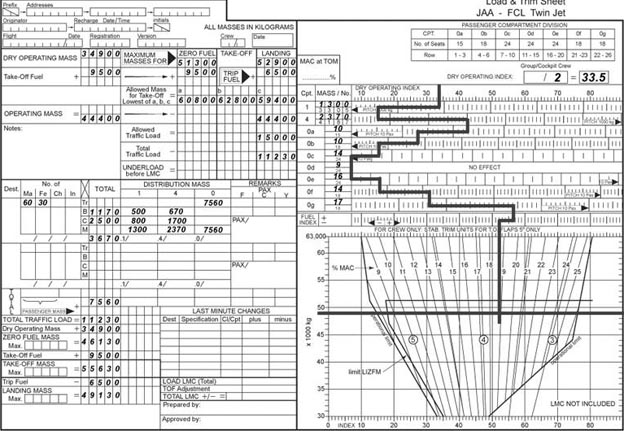 Increases.
Increases. An aircraft is equipped with an autopilot and an auto throttle when the ?
Question 55-9 : The indicated airspeed ias is maintained constant by the auto throttle system the true airspeed tas is maintained constant by the autopilot by means of elevator the true airspeed tas is maintained constant by the auto throttle system the indicated airspeed ias is maintained constant by the autopilot by means of elevator
 The indicated airspeed (ias) is maintained constant by the auto-throttle system.
The indicated airspeed (ias) is maintained constant by the auto-throttle system. During the ground run take off phase the auto throttles allow to ?
Question 55-10 : Hold n1 hold ias maintain v2 under 1 500 ft hold and maintain the mach number
 Hold n1.
Hold n1. The auto throttles enables to hold .1 a true airspeed. 2 a mach number. 3 an ?
Question 55-11 : 2 3 4 1 2 3 4 1 2 3 1 2 4
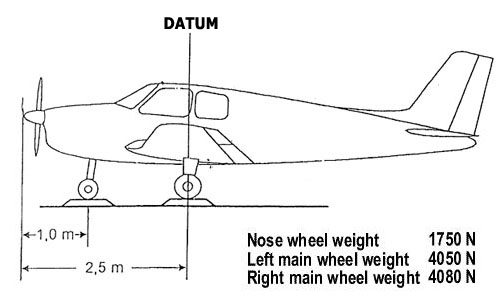 2, 3, 4.
2, 3, 4. The purpose of auto throttle is ?
Question 55-12 : To maintain constant engine power or aeroplane speed to automatically shut down an engine if it is at too high temperature to deactivate manual throttles and transfer engine control to auto pilot to synchronize engines to avoid 'yawing'
 To maintain constant engine power or aeroplane speed.
To maintain constant engine power or aeroplane speed. The auto throttle system of a transport aeroplane has the following mode s .1 ?
Question 55-13 : 1 2 4 1 2 3 5 2 4 1 4 5
 1, 2, 4.
1, 2, 4. The auto throttle . 1 can capture and maintain the n1 rpm. 2 can capture and ?
Question 55-14 : 1 3 2 3 1 4 1 3 4
 1, 3.
1, 3. When cruising the autothrottle system can be engaged in the following mode s ?
Question 55-15 : 2 3 2 1 2 1 2 3
 2, 3.
2, 3. The autothrottle system ?
Question 55-16 : Can be used for take off can be engaged in the tas mode holding of constant tas during a final approach can be engaged in the gs mode holding of constant ground speed during a final approach is automatically disconnected when the aircraft is on the ground
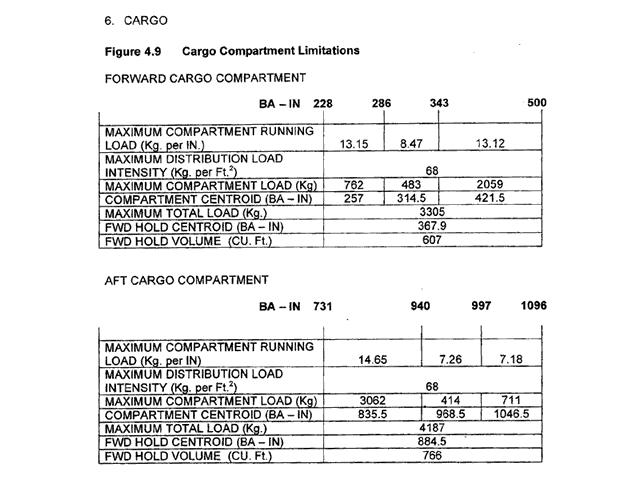 Can be used for take-off.
Can be used for take-off. During a manual ils final approach the auto throttle ?
Question 55-17 : Can be operated in the speed mode holding of ias can be operated in the n1 epr mode holding of n1 or epr can not be engaged because autopilot is not engaged is not available
 Can be operated in the speed mode (holding of ias).
Can be operated in the speed mode (holding of ias). During an automatic ils final approach the auto throttle ?
Question 55-18 : Can be operated in the speed mode holding of ias can be operated in the n1 / epr mode holding of n1 or epr can be operated in the speed holding of ias or n1 holding of n1 modes is not available
 Can be operated in the speed mode (holding of ias).
Can be operated in the speed mode (holding of ias). During a climb with the autopilot engaged in the v/s mode holding of vertical ?
Question 55-19 : Can be operated in the speed mode holding of ias can be operated in the n1 / epr mode holding of n1 or epr can be operated in the speed holding of ias or n1 holding of n1 modes is not available
 Can be operated in the speed mode (holding of ias).
Can be operated in the speed mode (holding of ias). Considering a modern thrust computer during a steady climb ?
Question 55-20 : N1 is automatically adjusted as aircraft climbs n1 is automatically adjusted as aircraft climbs and n2 remains constant n1 and n2 remain constant n2 is automatically adjusted as aircraft climbs and n1 remains constant
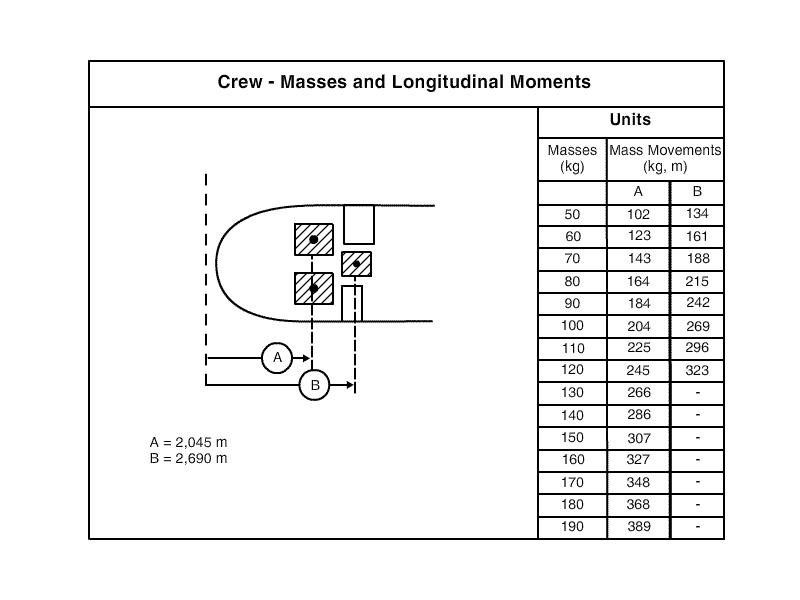 N1 is automatically adjusted as aircraft climbs.
N1 is automatically adjusted as aircraft climbs. When an auto throttle system a/thr is engaged in speed mode a/thr is ?
Question 55-21 : Active armed disarmed disconnected
 Active.
Active. When an automatic thrust control system is in the thrust mode ?
Question 55-22 : Thrust is set to a computed thrust according to a performance database thrust is adjusted to maintain a selected speed auto throttle or auto thrust is disconnected thrust is adjusted to maintain a selected vertical speed
 Thrust is set to a computed thrust according to a performance database.
Thrust is set to a computed thrust according to a performance database. An automatic thrust control system can be .1 armed.2 active.3 ?
Question 55-23 : 1 2 3 1 3 1 3 1 2
When an automatic thrust control system is in the speed mode ?
Question 55-24 : It maintains the selected airspeed it maintains the selected vertical speed thrust is constant and the autopilot adjusts the pitch to maintain the selected airspeed thrust is constant and the pilot manually adjusts the pitch to maintain the selected airspeed
 It maintains the selected airspeed.
It maintains the selected airspeed. Landing shall be considered as having been carried out automatically when the ?
Question 55-25 : During ground roll during the flare 100 ft above the threshold 200 ft above the threshold
 During ground roll.
During ground roll. A landing is performed automatically when the autopilot and auto throttle ?
Question 55-26 : During the landing roll and sometimes until the aircraft comes to a complete stop until reaching decision height until reaching 100 ft height at which point the autopilot is automatically disconnected until the flare
 During the landing roll and sometimes until the aircraft comes to a complete stop.
During the landing roll and sometimes until the aircraft comes to a complete stop. The cpdlc messages may concerne .1 route modifications.2 speed changes.3 ?
Question 55-27 : 1 2 3 4 1 2 4 1 2 3 4
 1, 2, 3, 4.
1, 2, 3, 4. The cpdlc function consists in exchanging messages relative to .1 route ?
Question 55-28 : 1 2 3 4 1 3 4 3 2 4
 1, 2, 3, 4.
1, 2, 3, 4. The systems that can be connected to the communication management unit cmu are ?
Question 55-29 : 2 3 4 5 1 3 4 2 4 5 1 3
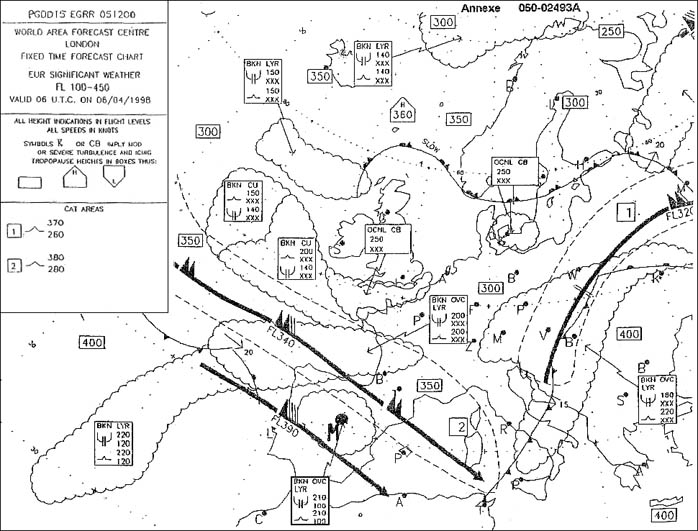 2, 3, 4, 5.
2, 3, 4, 5. The systems that can be connected to the communication management unit cmu are ?
Question 55-30 : 2 3 4 1 3 4 2 3 2 4
 2, 3, 4.
2, 3, 4. The basic on board datalink communication system is typically composed by the ?
Question 55-31 : 1 2 3 1 3 1 2 2 3
 1, 2, 3.
1, 2, 3. The different types of ads contracts can be .1 periodic at periodic time ?
Question 55-32 : 1 2 3 1 3 2 3 1 2
 1, 2, 3.
1, 2, 3. The on board communication devices to transmit and receive datalink ?
Question 55-33 : 1 2 3 1 3 1 2
 1, 2, 3.
1, 2, 3. The datalink communications between the aircraft and the ground can be ?
Question 55-34 : Acars cvr egpws fws
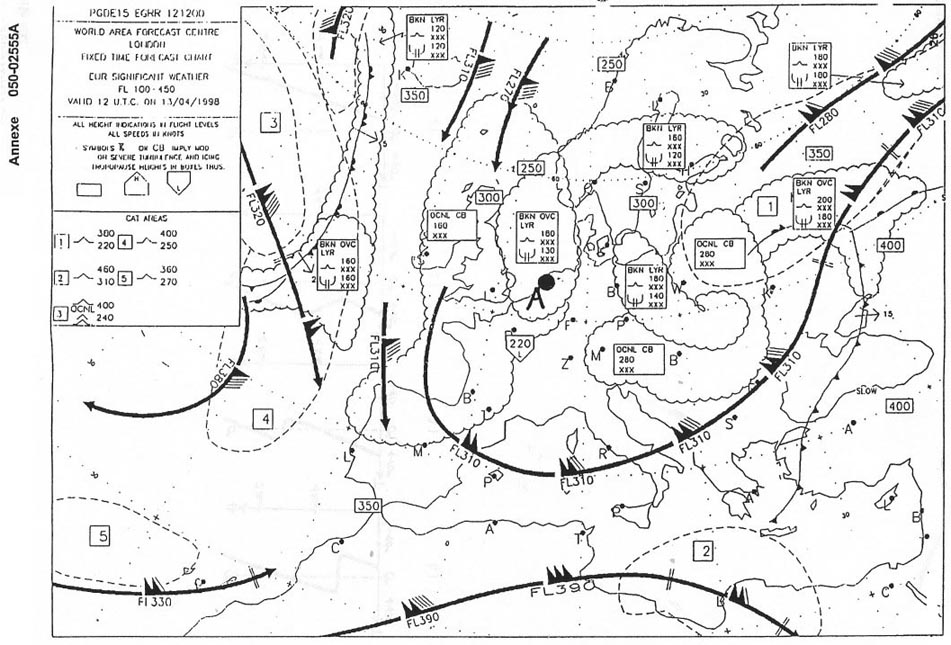 Acars.
Acars. A mayday datalink message can be sent to the atc via the ?
Question 55-35 : Cpdlc application ads application afn application acas aircraft collision avoidance system application
 Cpdlc application.
Cpdlc application. The acars allows air/ground datalink communications for ?
Question 55-36 : Airline operational and air traffic communications aoc and atc airline operational communication only aoc air traffic control communication only atc airline operational and public communications aoc and pc
 Airline operational and air traffic communications (aoc and atc).
Airline operational and air traffic communications (aoc and atc). A d atis is ?
Question 55-37 : An atis message received by datalink an atis message broacasted on hf when out of the vhf radio range from the airport a short atis that only includes parameters that have changed from previous atis record a divertion atis for the alternate airport
 An atis message received by datalink.
An atis message received by datalink. The fans concept includes ?
Question 55-38 : A datalink communication between the aircraft and the atc centers to replace the voice communication an improvement in the accuracy of the navigation systems aiming to carry out rnav approaches an enhanced detection of the intruding traffics an enhanced detection of the nearby terrain
 A datalink communication between the aircraft and the atc centers to replace the voice communication.
A datalink communication between the aircraft and the atc centers to replace the voice communication. The ground routing of the atc datalink communications is performed ?
Question 55-39 : By service providers sita arinc that can be interconnected to provide continuity of the transmissions by the airline ground network interconnected to the atc network by each atc local network of the fir airspace where the aircraft flies into by the gsm mobile phone providers interconnected to provide continuity of transmissions
 By service providers (sita, arinc) that can be interconnected to provide continuity of the transmissions.
By service providers (sita, arinc) that can be interconnected to provide continuity of the transmissions. The following atc clearances can be received via the datalink application ?
Question 55-40 : Departure oceanic departure en route landing departure take off en route take off en route landing
 Departure, oceanic.
Departure, oceanic. ~
Exclusive rights reserved. Reproduction prohibited under penalty of prosecution.
2159 Free Training Exam
